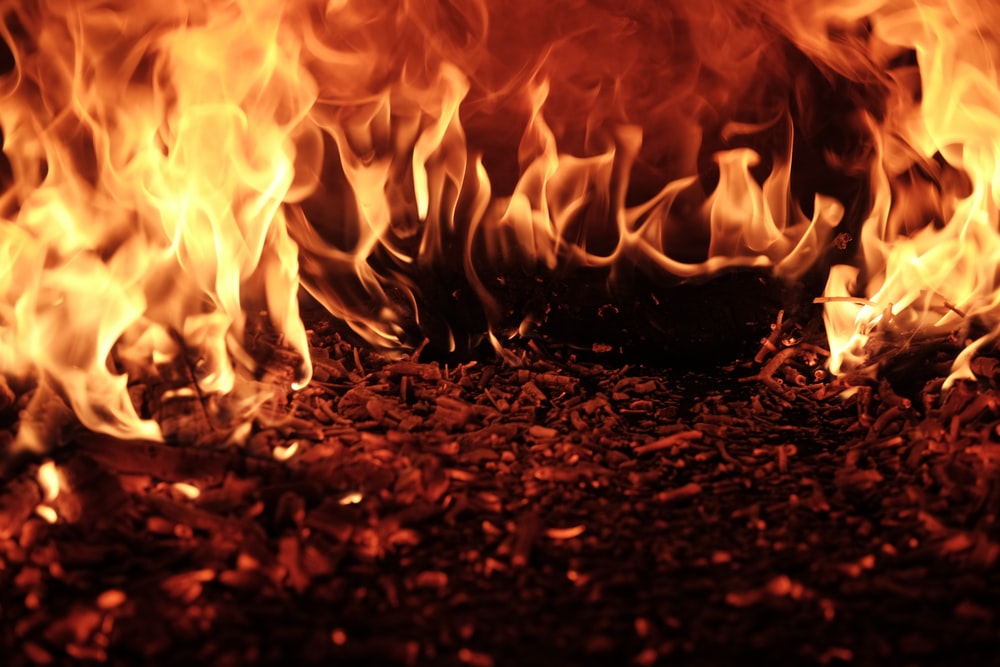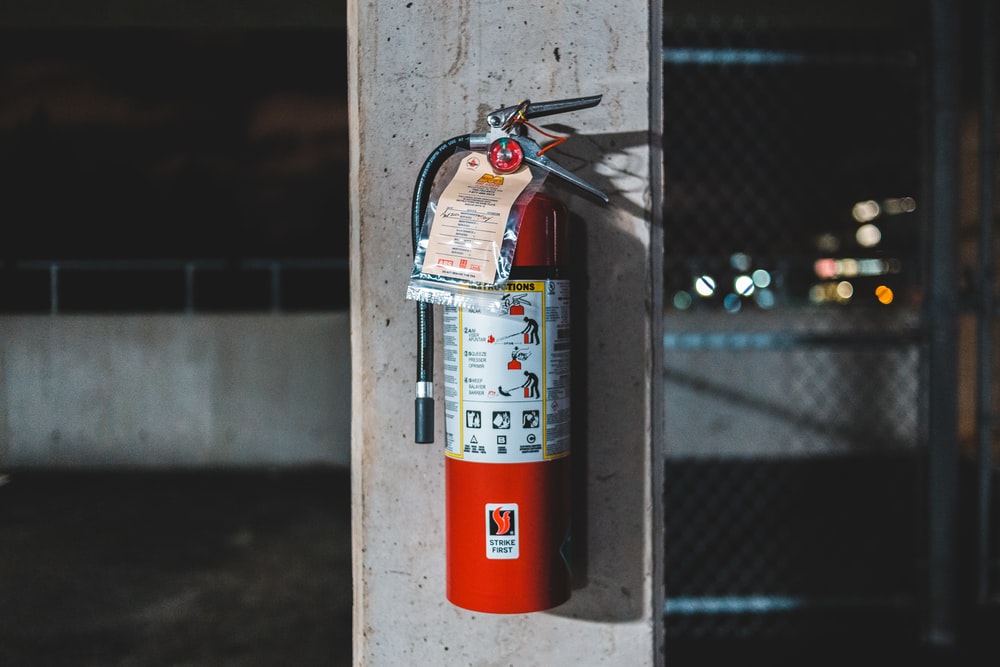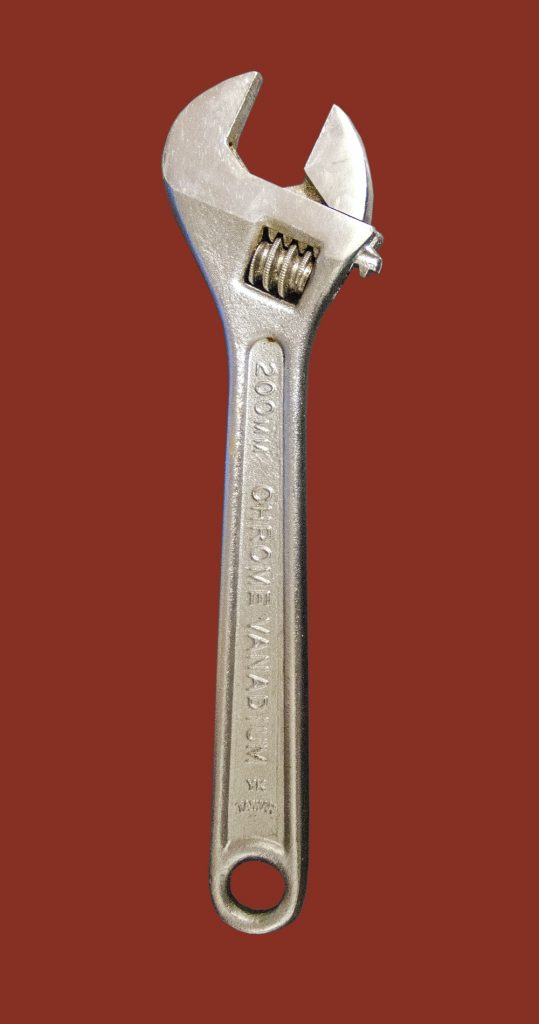Take time now to ensure you, your home and family are all prepared for the next disaster.

Depending on where you live, the following could be very real threats to your community: earthquake, flood, hazardous materials release, landslide, pandemic flu, radiation release, severe storm, terrorism, tsunami, utility outage, volcanic eruption.
Should any of the above occur, are you and your family ready to respond appropriately? Use the recommendations below to assess your preparedness.
Plan a place to meet
Should disaster strike and you’re forced to leave your home, you and your family will need a meeting place. Pick this place now. The best options are a local park or playground within walking distance of your home.
Determine an out-of-town contact
Arrange with an out-of-town family member or friend to act as your family’s contact person in case of an emergency. All family members should carry the phone number for this person with them at all times.
Stock up on emergency supplies
You should have emergency supplies at home, in your car and at work. Your home emergency supply kit should include everything you and your family need to survive on
your own for at least three days. The emergency supply kits stored in your car and at work can be smaller versions. To see a complete list of the recommended emergency supplies,
visit the federal Homeland Security Web site at www.ready.gov.
Establish a support network
A support network is a group of people who can call on each other during an emergency. They can be friends, family members, neighbors, or a combination of all three. Having a
support network is especially important for the elderly, disabled individuals and anyone with pets or children.
Choose a safe room
A safe room is a place in your home where you can build a “shelter-in-place” when directed to do so by emergency officials. The room should have a minimum of windows and doors. For more about selecting a safe room and establishing a shelter-in-place, see the federal Homeland Security Web site at www.ready.gov.
Buy a corded phone
Cordless phones don’t work when the power goes out, and your cell phone may not work if cell towers are affected.
Consider an electrical generator
With a medium-sized generator, you’ll be able to run heaters and small appliances when the power goes out. Don’t forget to buy extra-long, heavy-duty extension cords, as well. Or,
better yet, have an electrician install a power transfer system – which allows you to connect a generator directly to your home electrical panel. Never operate a generator indoors (the gas exhaust can kill).
Maintain those chimneys
You never know when you’ll be forced to use your fireplace as an emergency source of heat. To ensure it’s always safe to use, have the chimney cleaned at least every two years. Also, make sure the mortar between bricks is in good shape, and look for missing, cracked or chipped bricks – which are often signs of more serious problems.
Get estimate for an earthquake retrofit
The wood walls that sit on top of your foundation are prone to buckling during an earthquake. The earthquake-retrofit process calls for reinforcing those walls, then bolting them to the concrete foundation.
Replace old roofing
While there are always exceptions, you can count on being safe from bad weather as long as your roof is sound.
Asphalt shingles can be counted on to last for about 30 years under the best of circumstances (wood shingles less). If you think your roofing is near the end of its life expectancy, ask a roofing contractor to perform an inspection and provide a report.
Assess tall trees
A tree just 30 feet tall can do significant damage when it falls. Have a professional arborist evaluate your trees for potential hazards. That person may also be able to extend the lives of key trees through a program of fertilization and disease-treatment.
Setting aside time to review and address these items now – before disaster strikes – is the responsible thing to do.






